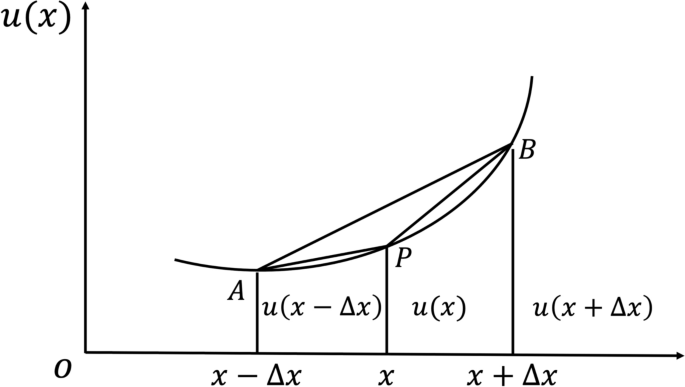In this section, we present the results of Burgers’ equation, Allen–Cahn equation, and non-linear Schrödinger to validate the effectiveness of our method. We utilize the numerical method or analytical solution to generate the synthetic data…
Category: 7. Maths
-

ImMLPro platform for accessible machine learning and statistical analysis in digital agriculture and beyond
Kamilaris, A. & Prenafeta-Boldú, F. X. Deep learning in agriculture: A survey. Comput. Electron. Agric. 147, 70–90 (2018).
Google Scholar
Liakos, K. G., Busato, P., Moshou, D., Pearson, S. &…
Continue Reading
-
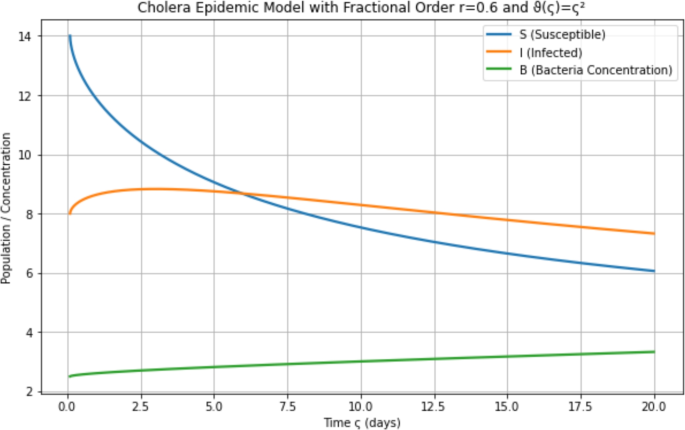
Analysis of hybrid fractional integro-differential equations with application to cholera dynamics
This section is dedicated to establishing the existence theorem based on Dhage’s theory (Lemma 2). Before that, we focus on the following auxiliary lemma that will be the cornerstone of the solution to the problem (2).
Lemma 3
…
Continue Reading
-

Enhanced intrusion detection in cybersecurity through dimensionality reduction and explainable artificial intelligence
In this study, the EIDCDR-XAIADL model is proposed. The main intention of the proposed EIDCDR-XAIADL model is to deliver a robust cybersecurity system that combines XAI to address the attacks. The EIDCDR-XAIADL approach has data normalization,…
Continue Reading
-
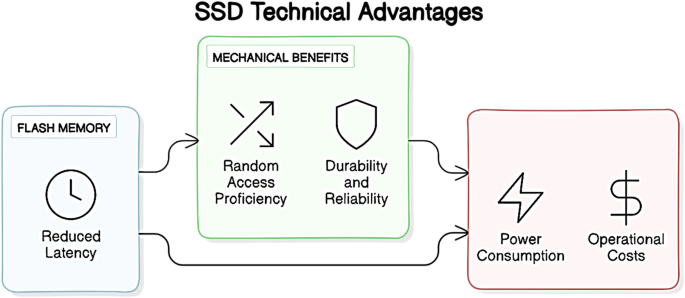
Enhancing performance of E-Government information systems with SSD-based Hadoop mapreduce
In the traditional Hadoop MapReduce framework, the shuffle phase begins after the map tasks generate intermediate key-value (< K, V>) pairs. These pairs are initially buffered in memory. Once the memory buffer reaches a predefined threshold,…
Continue Reading
-
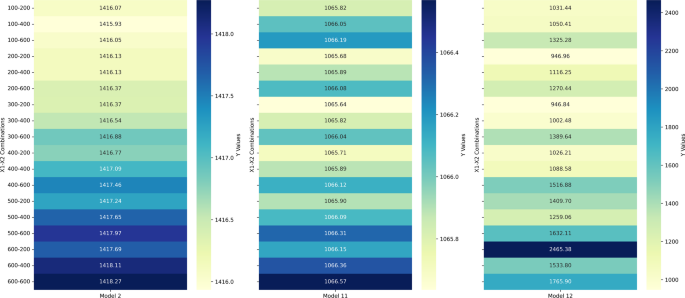
Estimating the peak age of chess players through statistical and machine learning techniques
According to the January 2024 ELO list published by FIDE, there are 1,814 players worldwide holding the GM title. Of these, 38 players fall within the super GM category, although historically, 131 players have surpassed the 2,700 ELO threshold….
Continue Reading
-
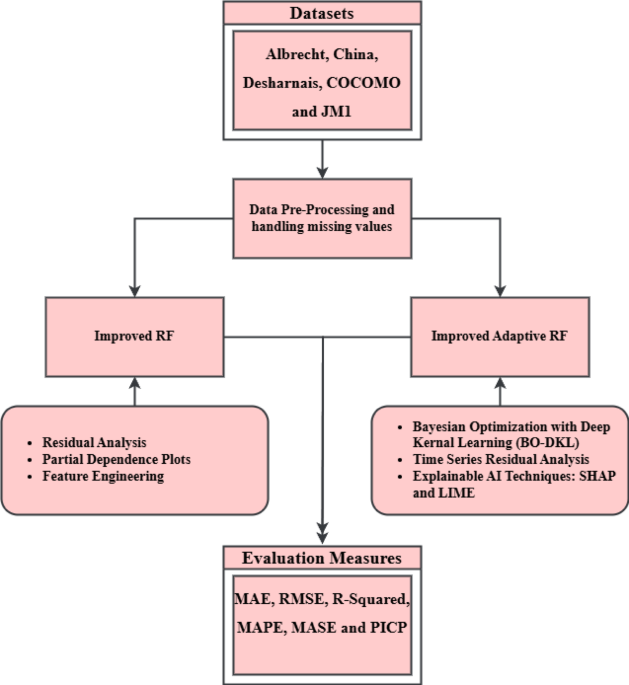
Enhancing software effort estimation with random forest tuning and adaptive decision strategies
During training, random forests (RF) generate a large number of individual decision trees. In order to arrive at the final prediction, the mean prediction for regression or the mode of the classes for classification is computed by aggregating the…
Continue Reading
-

Constrained coding for error mitigation in nanopore-based DNA data storage
In this section, we will discuss the construction of the proposed constrained codes, as well as the encoding and decoding processes. An overview of the data storage system is shown in Fig 3. The figure shows both a Core Pipeline focused on the…
Continue Reading
-

A two-stage joint model approach to handle incomplete time dependent markers in survival data through inverse probability weight and multiple imputation
Let \(Y_{ij}\) denote the observed biomarker measurement for the i-th individual at time \(t_{ij}\), where \(i = 1, \dots , n\) represents the individuals in the dataset, and \(j = 1, \dots , n_i\) represents the time points for repeated…
Continue Reading
-

Predicting system dynamics of pervasive growth patterns in complex systems
A sigmoidal curve is defined by three key parameters: inflection point, slope, and amplitude. Here, we show that the evolution of the fitted parameters provides a clear understanding of the current state of activity and can make reliable…
Continue Reading
